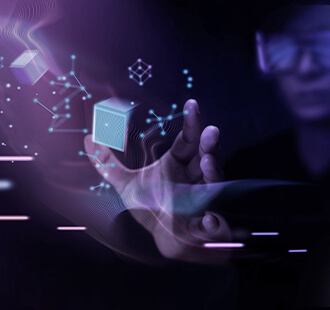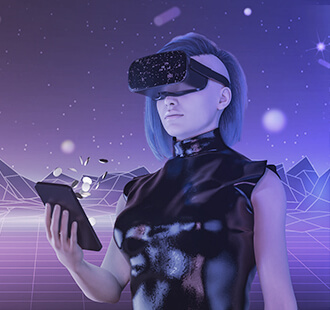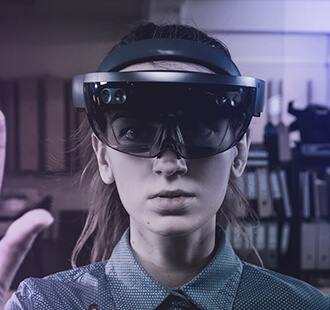
The key to success in business is knowing what your customers want. This knowledge can help you create products that make people’s lives better, more enjoyable, and easier to manage.
A value proposition statement is the differentiator element that determines whether people will bother learning more about your product or hit the back button. The value proposition is a crucial piece of the puzzle regarding converting visitors into customers.
An industry research study by McKinsey & Co first mentioned the term value proposition in 1988. Its meaning was “a clear, simple statement of the benefits… that the company will provide, along with the approximate price it will charge each customer segment for those benefits.”
A great value proposition will make you stand out from your competitors, but it’s not just about being different. It’s also about ensuring that what you’re offering provides real value to your audience and aligns with their needs and wants to drive sales over time.
When someone comes across your website and lands on your homepage, they’re probably looking for a reason why they should buy from you instead of someone else. If you can’t provide that reason, the person will go elsewhere.
What is a value proposition?
A value proposition is a statement that describes what your product or service does and why someone should buy it. It’s also why you are different from the competition, which can be a decisive advantage in business.
The unique value proposition of your business is what sets you apart from other companies in its industry. While simplicity is best, you should put a lot of thought into developing the best value proposition for your brand because it can affect your sales figures.
Essential factors for a brand’s value proposition
There are some factors to consider when creating a good value proposition, according to a recent article by Pipedrive. “Sell your product’s benefit, set yourself apart from competitors, choose the right language and make it clear.”
If we follow the previous model, you first need to address the benefits of your product or service to write the value proposition statement for your brand. A value proposition explains what your product or service does, what needs or problems it serves, and why someone should buy it.
The key to writing compelling value propositions is knowing your consumers’ pains. First, you must understand what customers are looking for and how they want it delivered to meet their expectations. Knowing this will help you present your brand as the better option.
The next step will be to set yourself apart from competitors. Brand positioning is crucial to reach the right audience and be perceived as their best option. In addition, your value proposition will have a more significant impact if you set your brand apart from the rest.
Your brand is more than just your product or service. Using it to your advantage won’t be difficult if you have been working on positioning your brand. An article from The Branding Journal describes it as “creating brand associations in customer’s minds.”
Last but not least, the way you present your brand’s value proposition is so important. Using the correct language can ensure that your audience can understand your statement.
Value proposition is a powerful way to communicate your unique value as a brand and why someone should buy your product or service. It’s also one of the most important factors in business success. Hence why using the correct language goes a long way.
Value proposition statements don’t have to be extensive. Using a few powerful words that convey your message might be better than a lengthy statement. These words can be adjectives that describe your brand specifically in a transparent way.
A straightforward statement is crucial to remain in your consumers’ minds. As the saying goes, less is more, especially when conveying a convincing value proposition for your brand.
So, having a value proposition statement is crucial to positioning your products and services. This statement can even aid your brand in being top of mind for your target audience.
A few things to remember are: products and services are not always a brand value proposition, and value is subjective to each consumer.
Your brand’s value proposition can be more about your brand as a whole than just about a singular product or service. You are on the right track if you clearly state what your brand stands for.
Value is subjective to your consumers. Therefore, your value proposition has to be an educated statement based on your customers. Our last blog post mentions that data is crucial to better understanding your audience. This will also help you provide content they want to consume.
A good value proposition can make all the difference in the world regarding business success!
As we mentioned earlier, the value proposition is what converts visitors into customers. It’s one of those things that can set you apart from your competition. So, if you want your company or product to succeed, ensure you have a strong, well-oriented, and customer-centered value proposition.



















